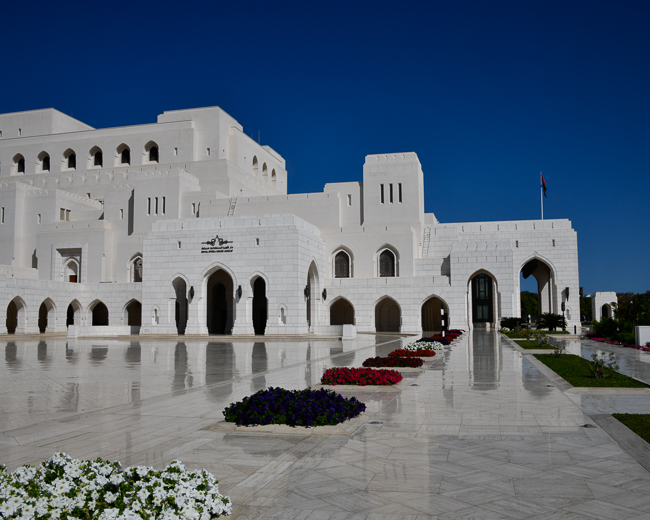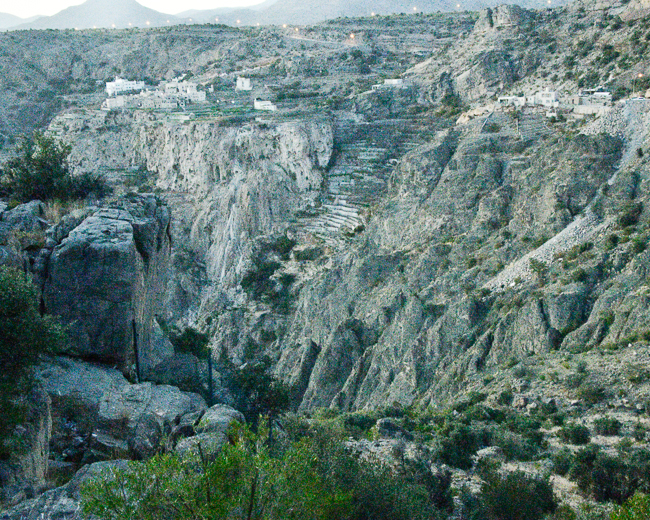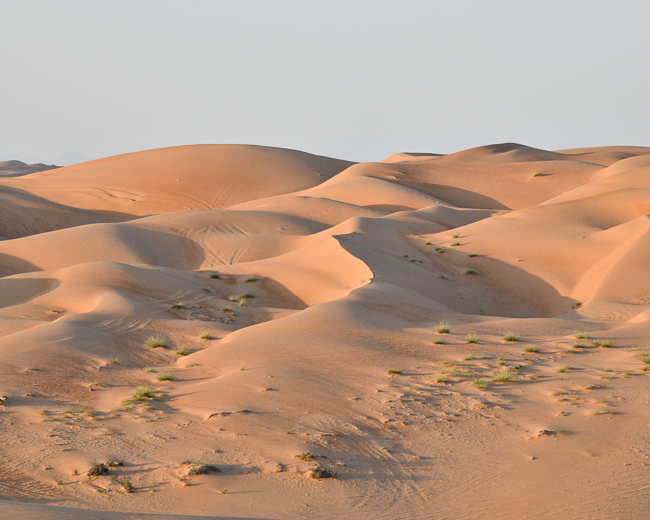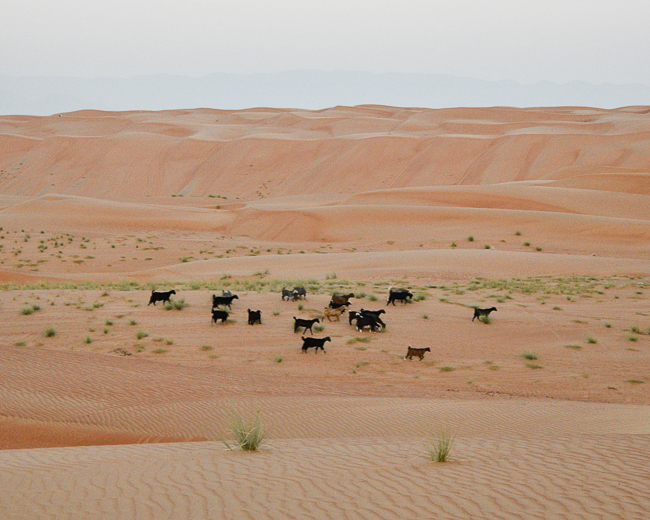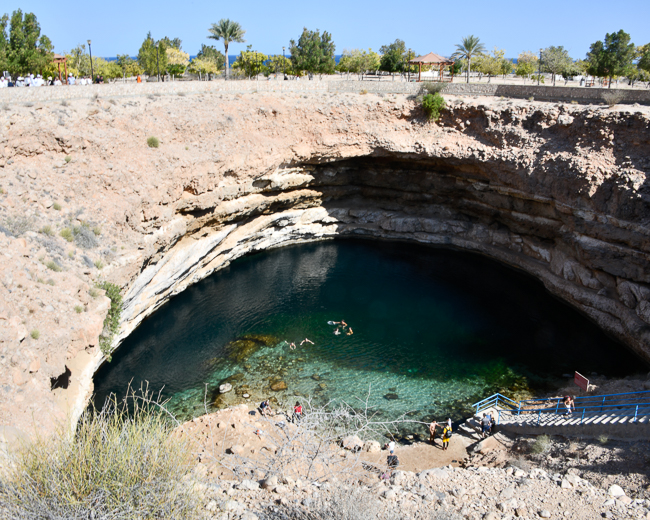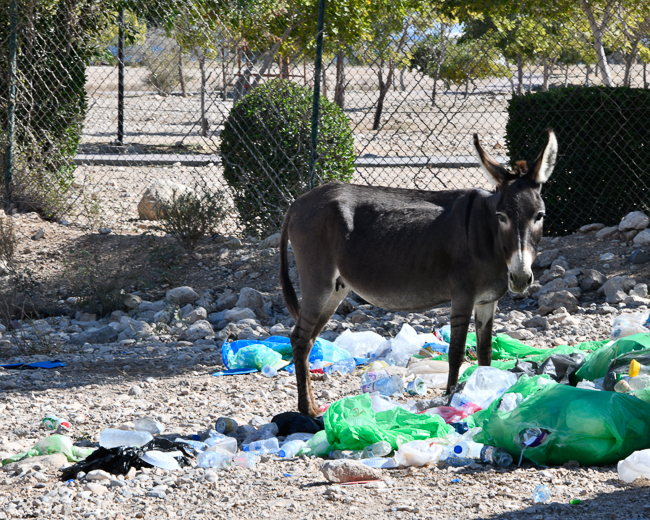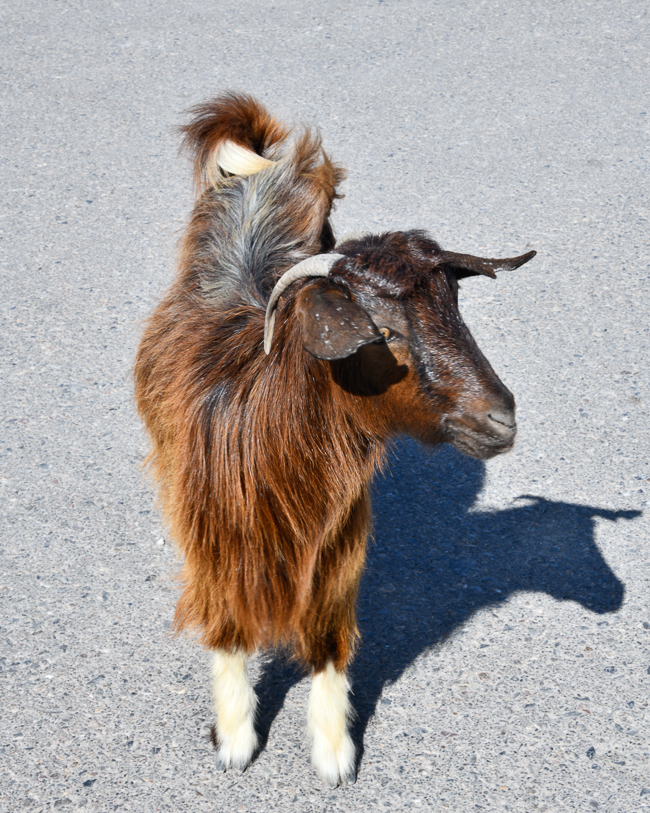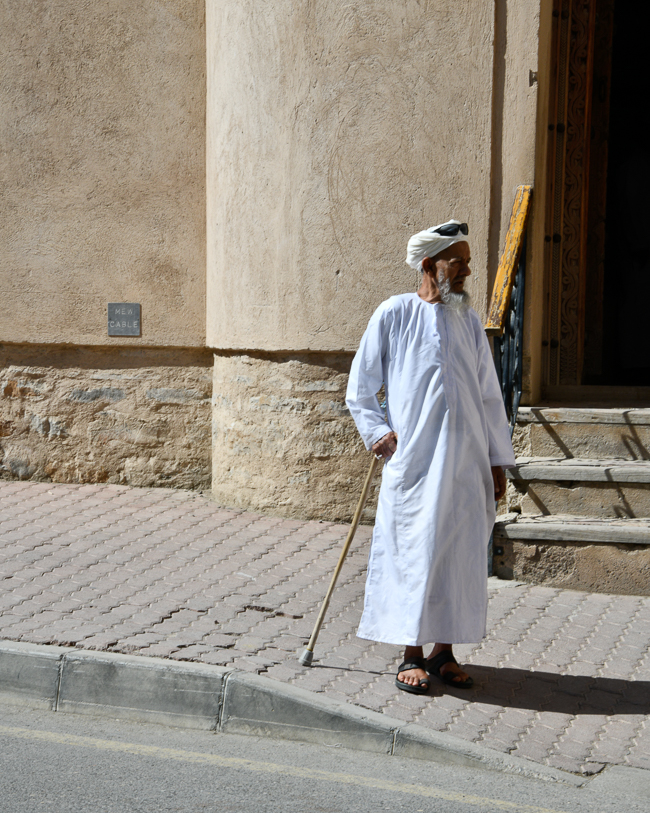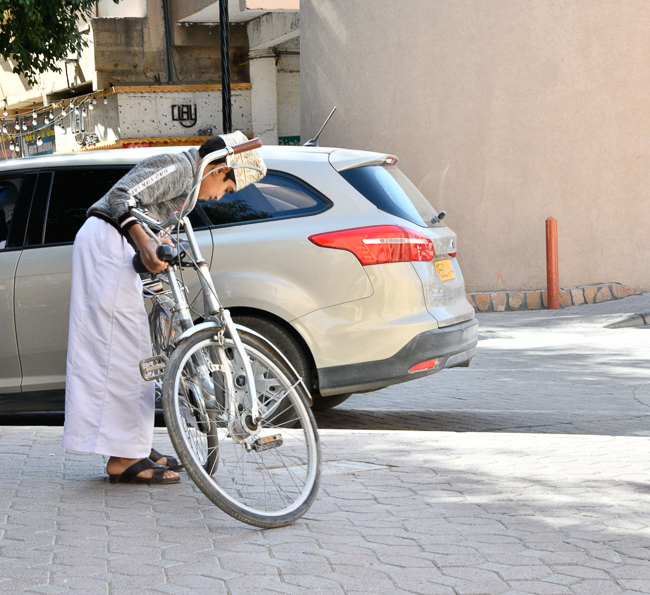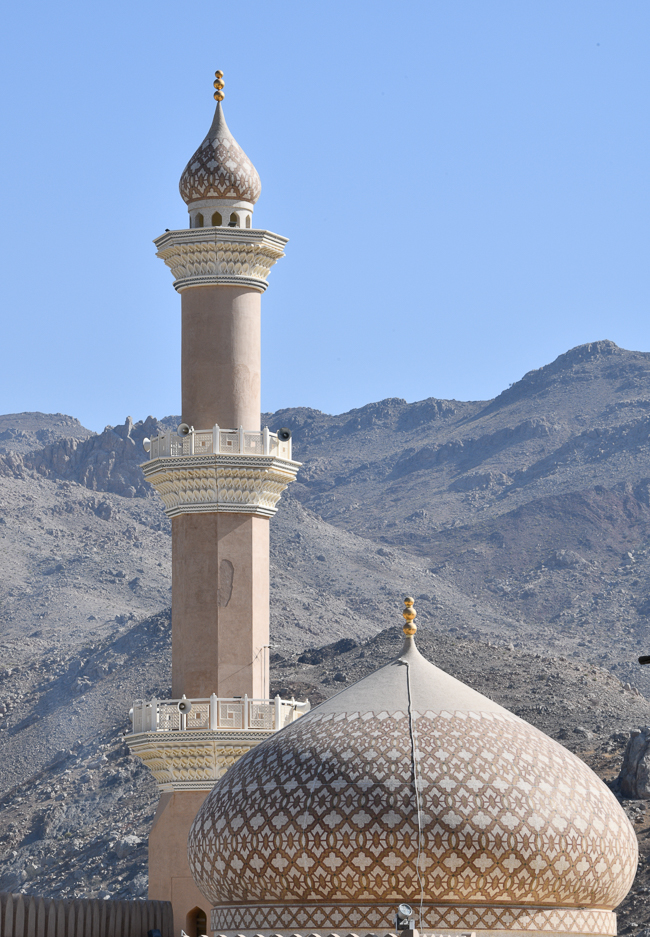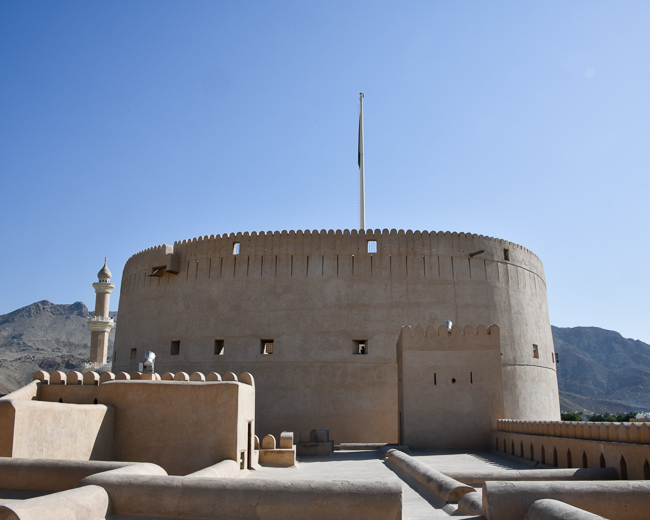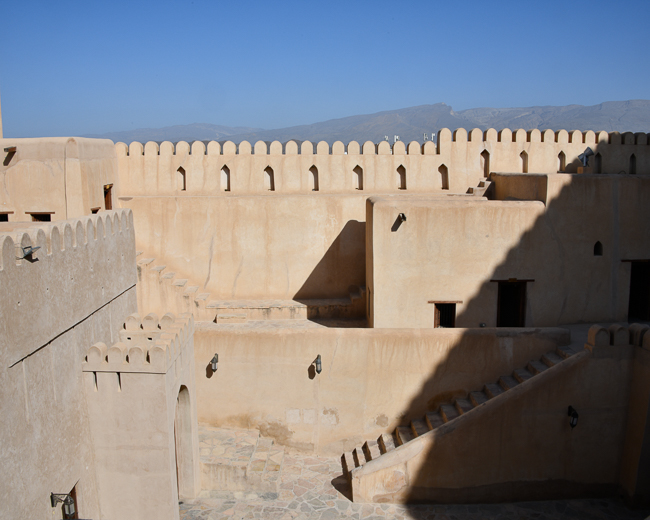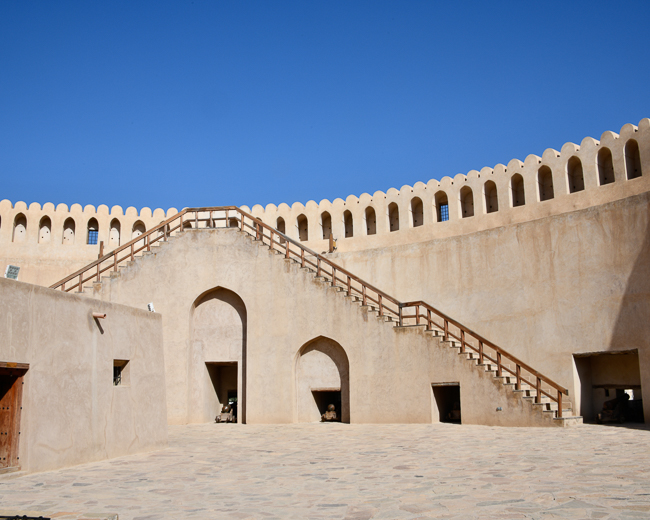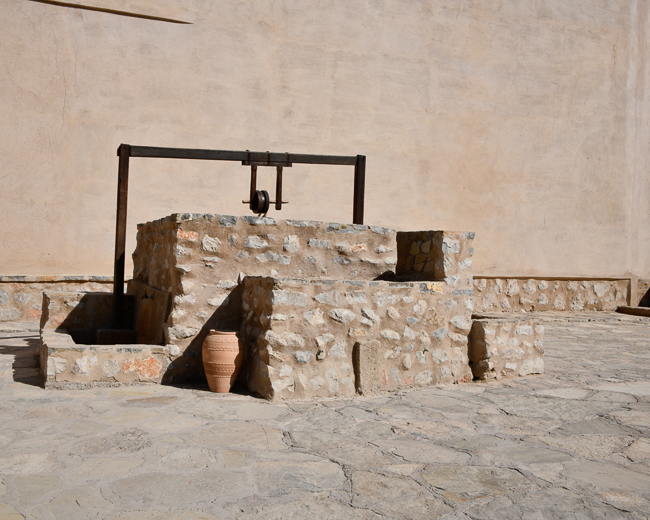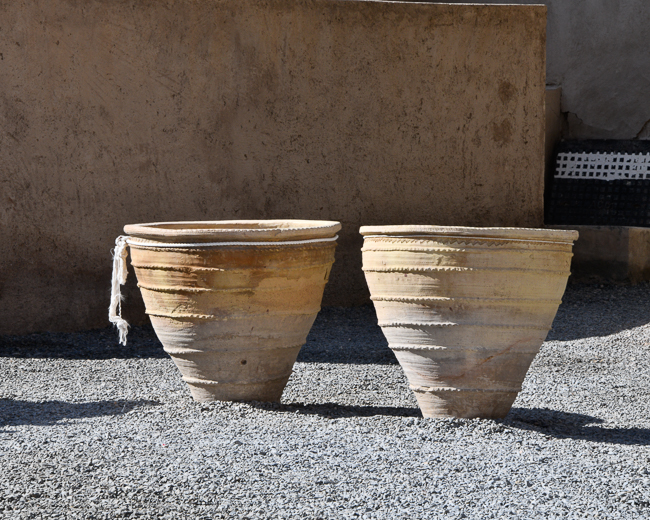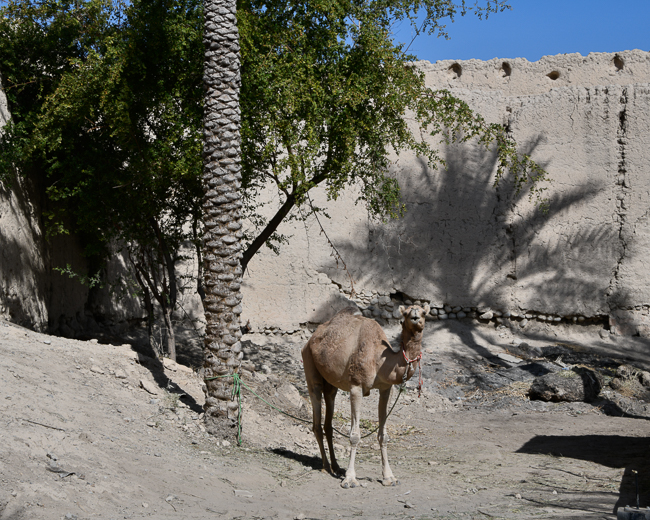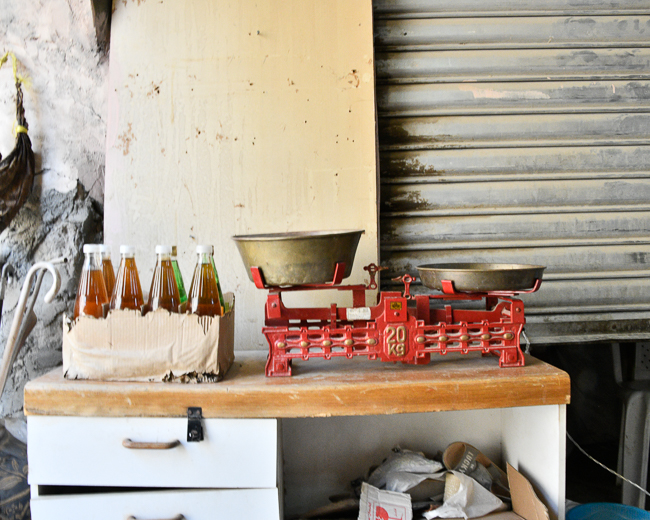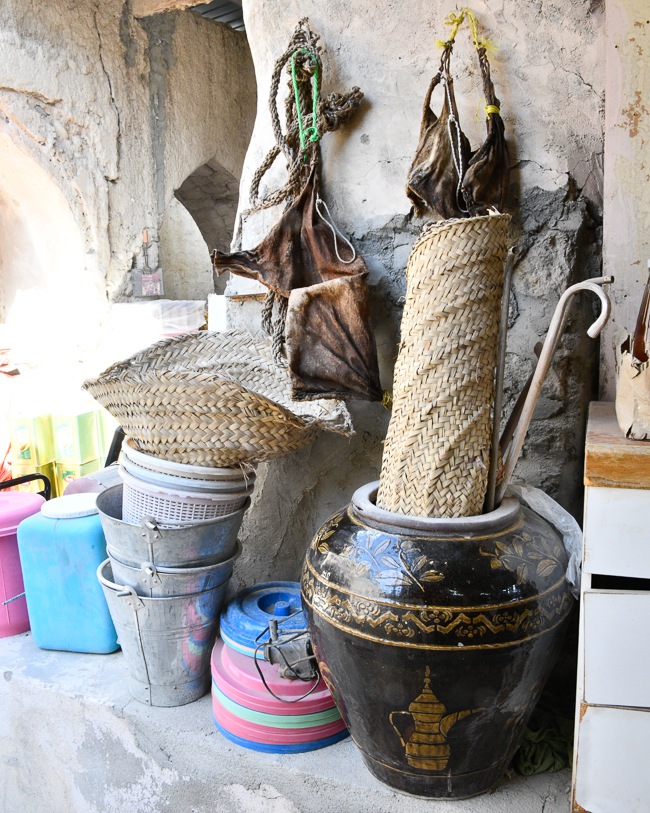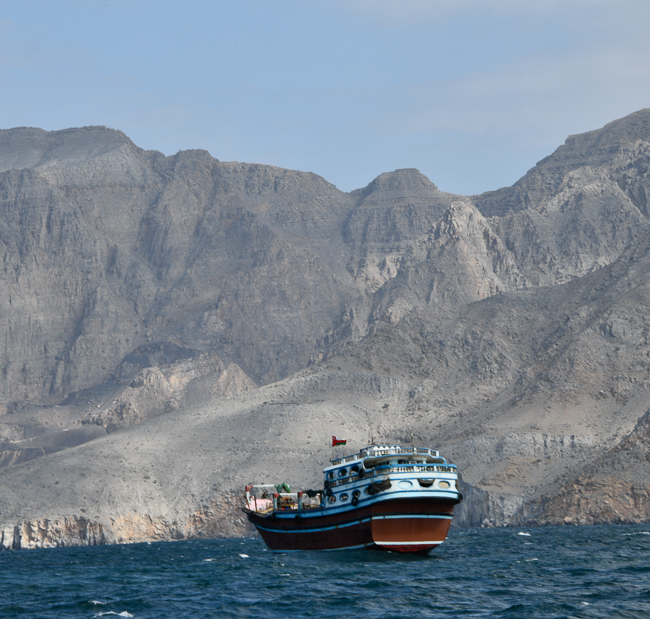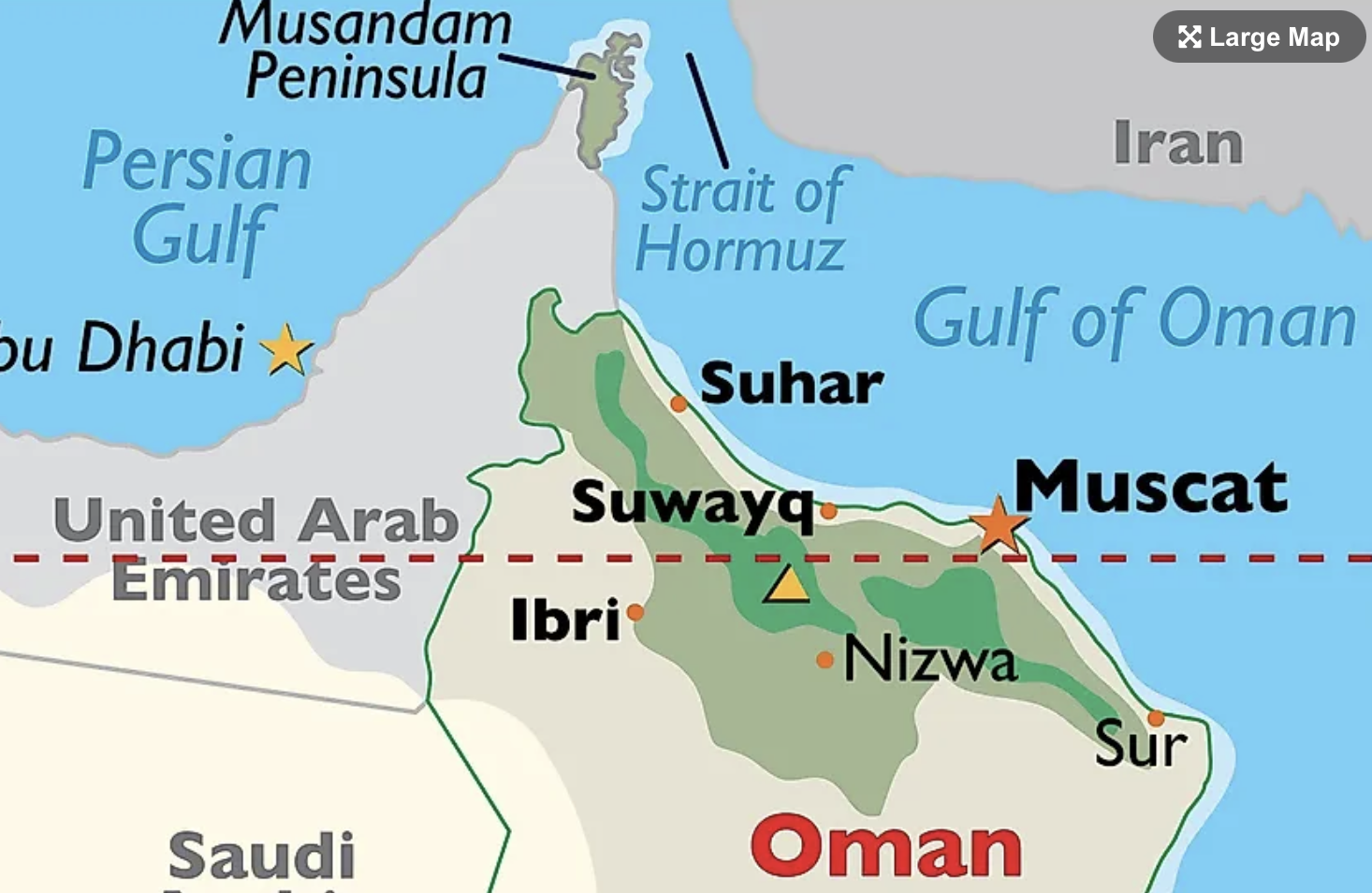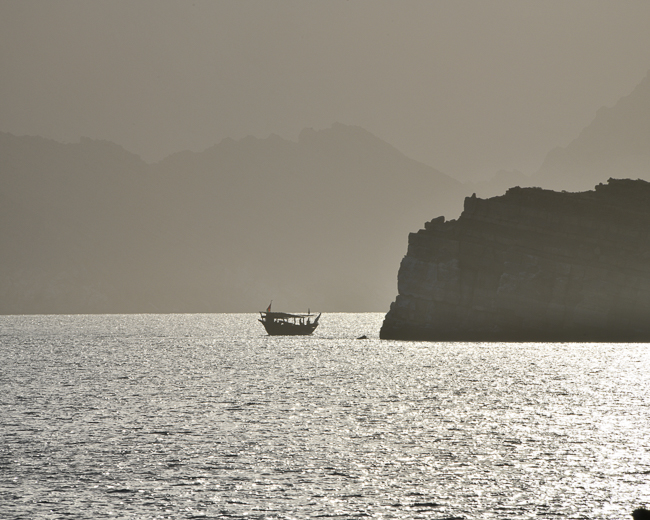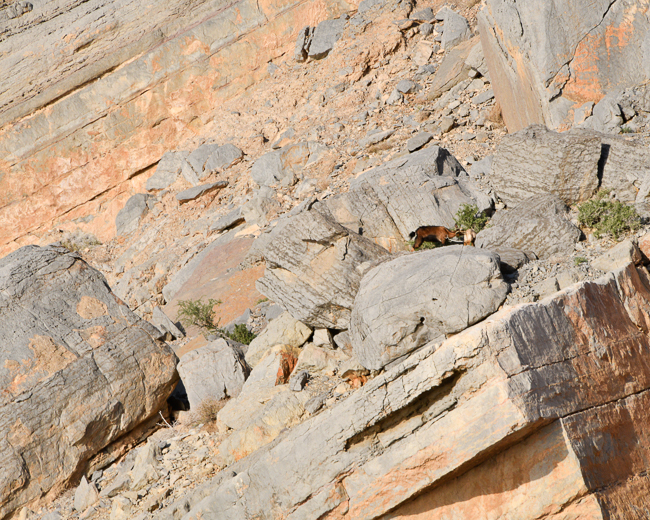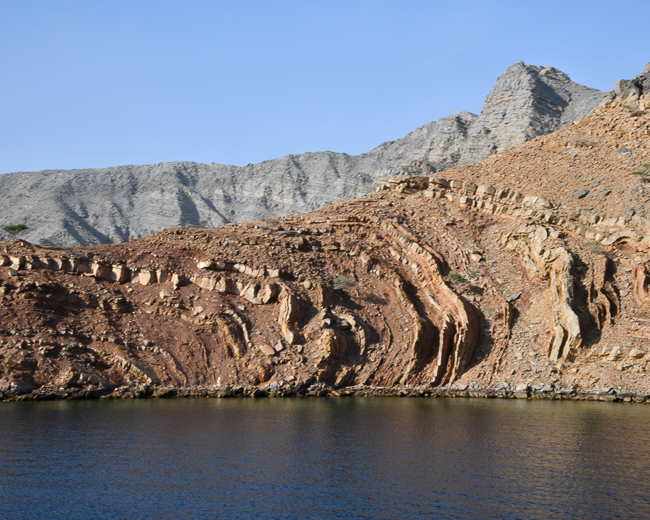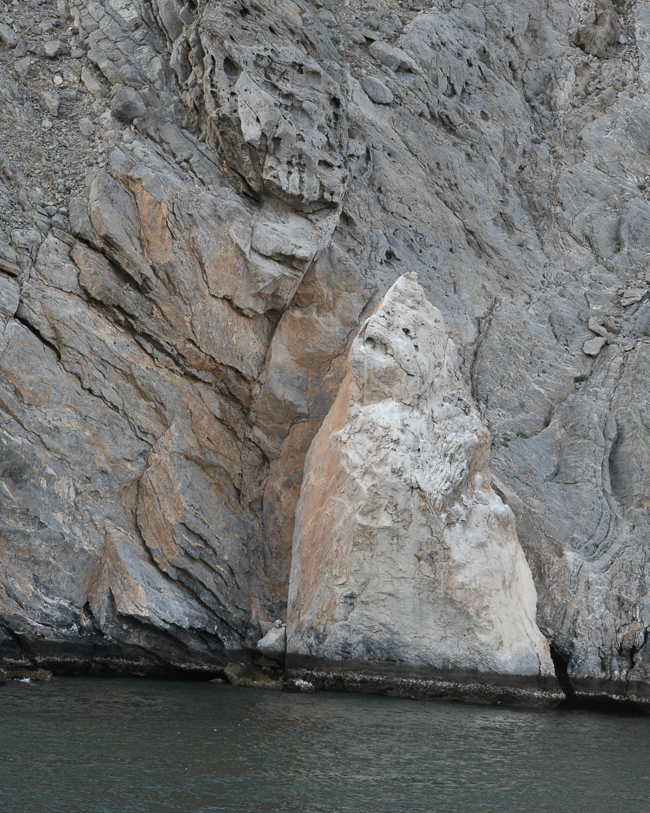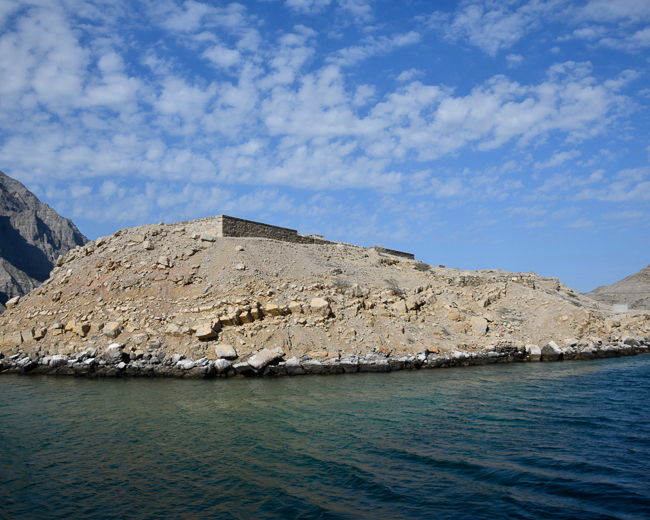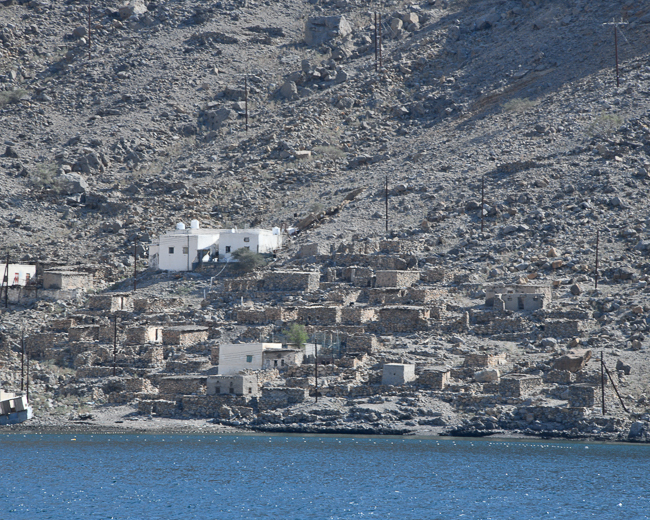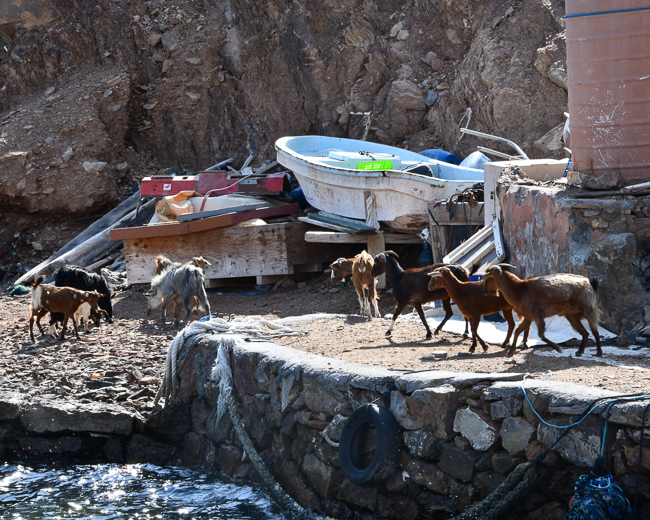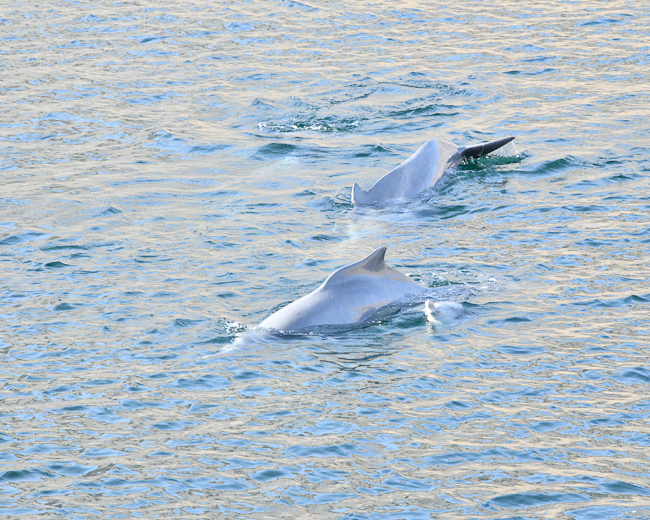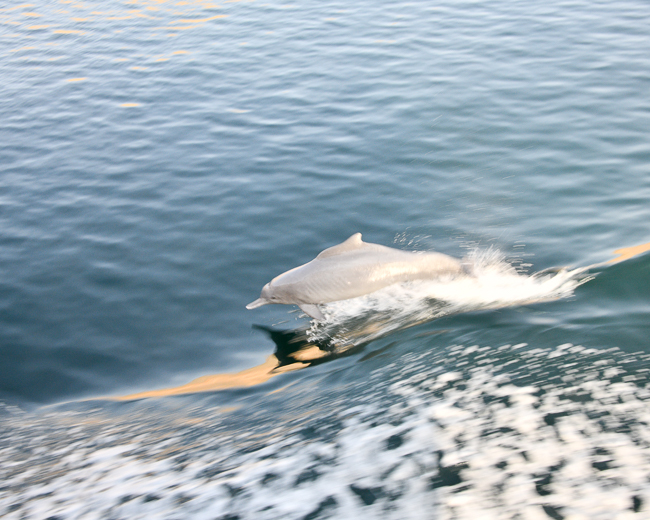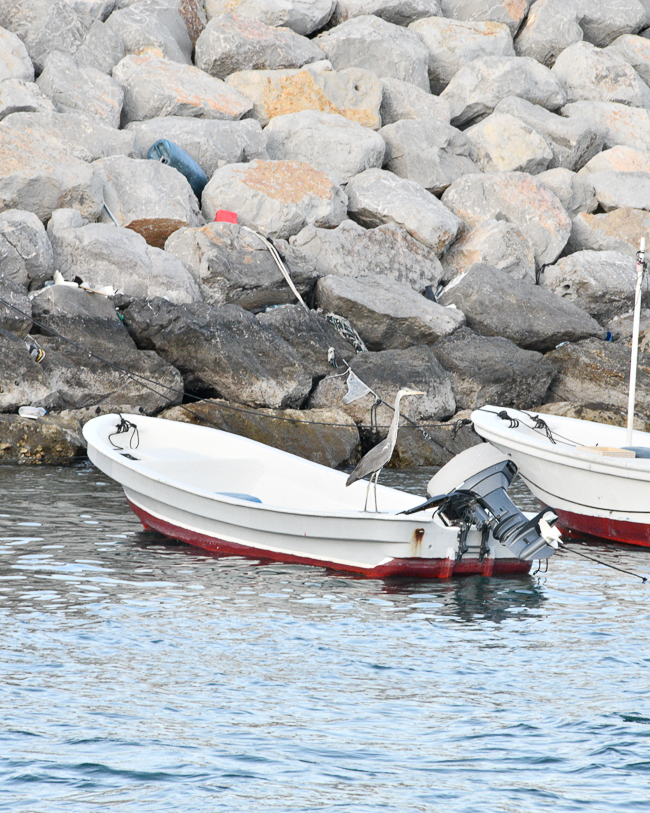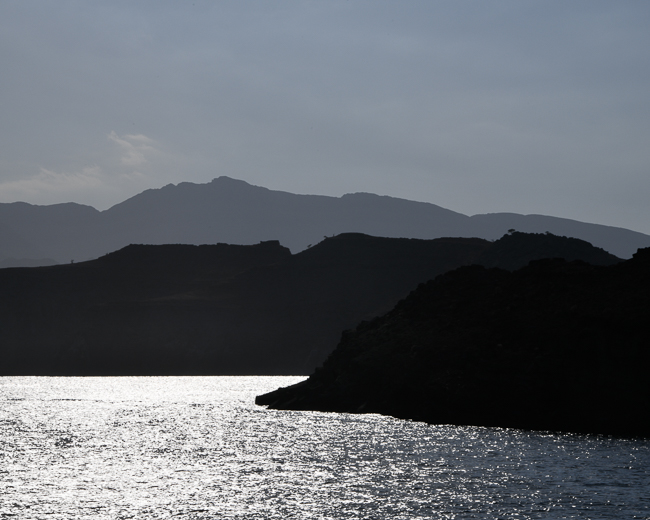January 2023
Oman’s Al Said Haitham bin Tariq Al Said replaced his uncle, Sultan Qaboos bin Said, upon his death in 2020. Qaboos was a much-loved Sultan. Using rents from the natural resources of Oman (petroleum, natural gas, and minerals), Qaboos modernized and transformed Oman, developing its infrastructure, healthcare, and educational systems, as well as various income-generating sectors, including tourism, fisheries, and agriculture.
The Oman you see today is very modern but in a tasteful way, unlike many of its neighbors. However, it is not free of issues. 16.9% of nationals were unemployed in 2017, and that figure was 30% for young people. The regime has attempted to address its problems caused by lowering natural gas and oil prices by cutting public spending, raising taxes, and reforming the subsidy system but had to rein those back after they triggered protests in 2017-18. The future of any government with a supreme ruler is never certain.
Oman is not alone in its high need for expats to make the country run. There are over 1.6 million expats in Oman, in contrast to just under 4 million Omanis.
This is the highest part of Oman. The area around Jebel Akhdar in the Al Hajar mountains is accessible only by four-wheel drive, and there are guards on the road to not only ensure your vehicle is adequate but that there are no more than five passengers in your vehicle.
The desert in this area is captivating. Formed during the Quaternary period as a result of the forces of the southwest blowing monsoon and the northern shamal trade wind, there are five colors of sand, making for wonderful photography.
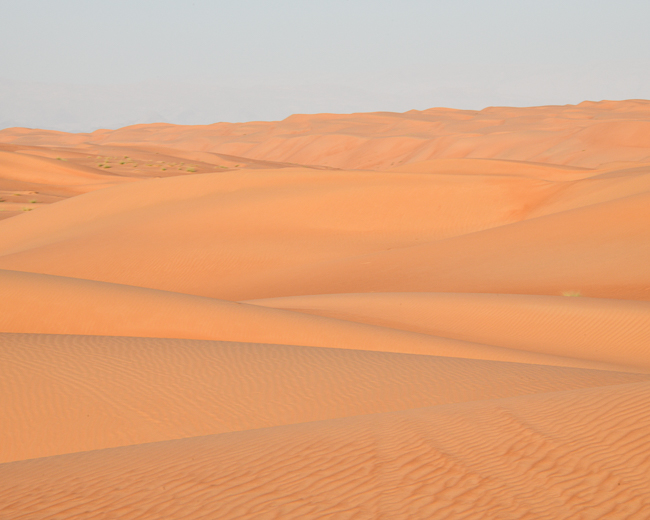
The area is occupied by Bedouins who tend their goats, rent out their camels to tourists, and congregate at Al-Huyawah, an oasis near the border of the desert, between June and September to gather dates.
The Bimmah sinkhole was formed by a collapse of the surface layer due to the dissolution of the underlying limestone. However, locals used to believe this sinkhole in the shape of a water well was created by a meteorite, hence the Arabic name Hawiyyat Najm which means “the deep well of the (falling) star”.
Bimmah Sinkhole ranges in depth from only a few feet to over 300+ feet in the deepest part and is apparently lovely for swimming.
The sinkhole sits in a large recreational park, and so it has a garbage collection site. Somehow this donkey has figured out how to turn the garbage bins on their sides and scavenge for food.
I assume they are also accustomed to getting handouts, as this little fellow came right up to me expecting, I am sure, food.
There is no doubt that there is so much more to Oman than I was able to see in three days; someday, I may return.
